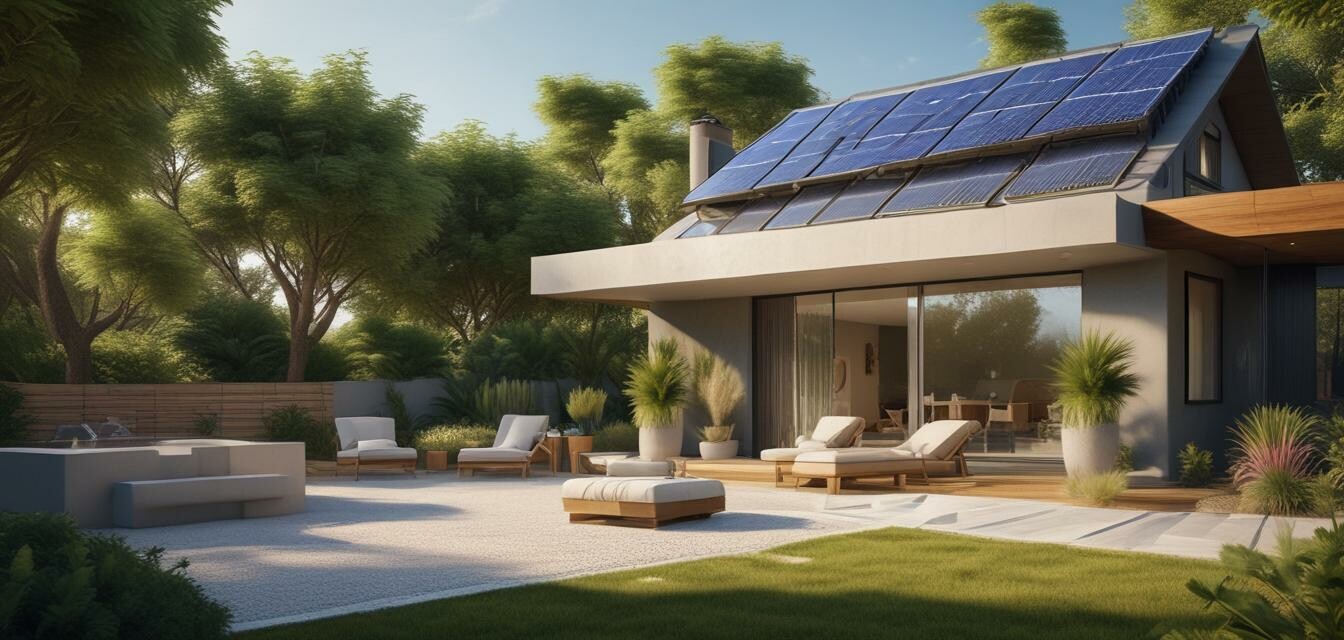
How to Transition to a Greener Home
Key Takeaways
- Understanding energy-efficient appliances is vital for a sustainable home.
- Small lifestyle changes can significantly reduce your household's carbon footprint.
- Regular maintenance of appliances helps in maximizing efficiency.
- The transition to a greener home involves both technology upgrades and lifestyle adjustments.
As the world becomes increasingly aware of environmental issues, homeowners are seeking ways to create greener spaces. Transitioning your home to be more energy-efficient not only reduces your carbon footprint but can also save you money on energy bills. In this comprehensive guide, we will explore practical steps anyone can take to make their home greener.
Understanding energy-efficient appliances
One of the most critical steps in transitioning to a greener home is investing in energy-efficient appliances. These appliances not only consume less energy but often come with advanced features that optimize their performance.
Benefits of energy-efficient appliances
- Lower energy bills
- Reduced environmental impact
- Government incentives and rebates
- Improve home value
Steps to transition to a greener home
Making your home more sustainable involves a mixture of replacing appliances, adopting new habits, and maintaining what you have. Below, we list actionable steps to help you along your journey.
1. Assess your current appliances
Take an inventory of all the appliances in your home. Look for energy labels and consider their age and efficiency ratings.
2. Replace old appliances with energy-efficient models
When it comes to appliances like refrigerators or washing machines, consider models that have the ENERGY STAR® label. These are known for their efficient energy consumption.
3. Implement smart home technology
Smart home devices can automate energy use and provide insights into your consumption patterns. Consider installing smart thermostats or home energy monitors.
4. Incorporate energy-saving practices
- Unplug appliances when not in use.
- Use power strips to easily turn off multiple devices at once.
- Set your thermostat a few degrees lower in winter and higher in summer.
Maintaining efficiency for sustainability
Regular maintenance can greatly enhance the efficiency of your appliances.
Tips for maintaining your appliances
Tips for appliance maintenance
- Clean filters in HVAC systems and dishwashers regularly.
- Check seals in refrigerators and ovens to ensure no air leaks.
- Descale water heaters to maintain efficiency.
Embrace renewable energy sources
If possible, consider integrating renewable energy solutions like solar panels to power your home. This not only decreases reliance on fossil fuels but further enhances your home’s eco-friendliness.
Government incentives for renewable energy
Many governments offer incentives to encourage homeowners to go green. Research local, state, or federal programs that may assist with the costs of renewable energy systems.
Conclusion
Transitioning your home to a greener space involves thoughtful planning, strategic purchases, and ongoing maintenance. By incorporating energy-efficient appliances and mindful habits into your daily routine, you’re not just saving money, you're also contributing positively to the environment. For more resources, check out our buying guides for more tips on selecting energy-efficient products.
Pros
- Lower monthly utility costs
- Increased home value
- Positive impact on the environment
Cons
- Initial investment can be high
- Requires research to find quality products
- Transitioning takes time and effort
